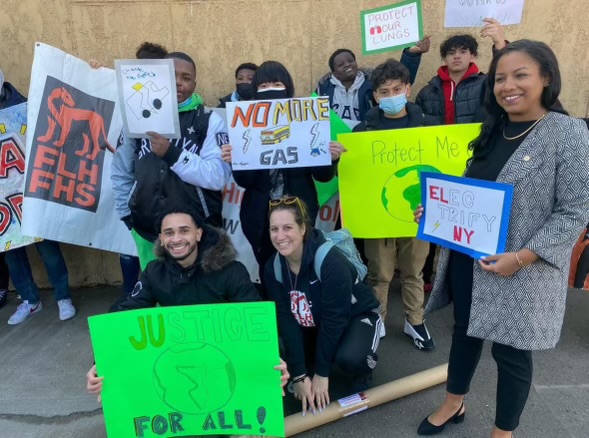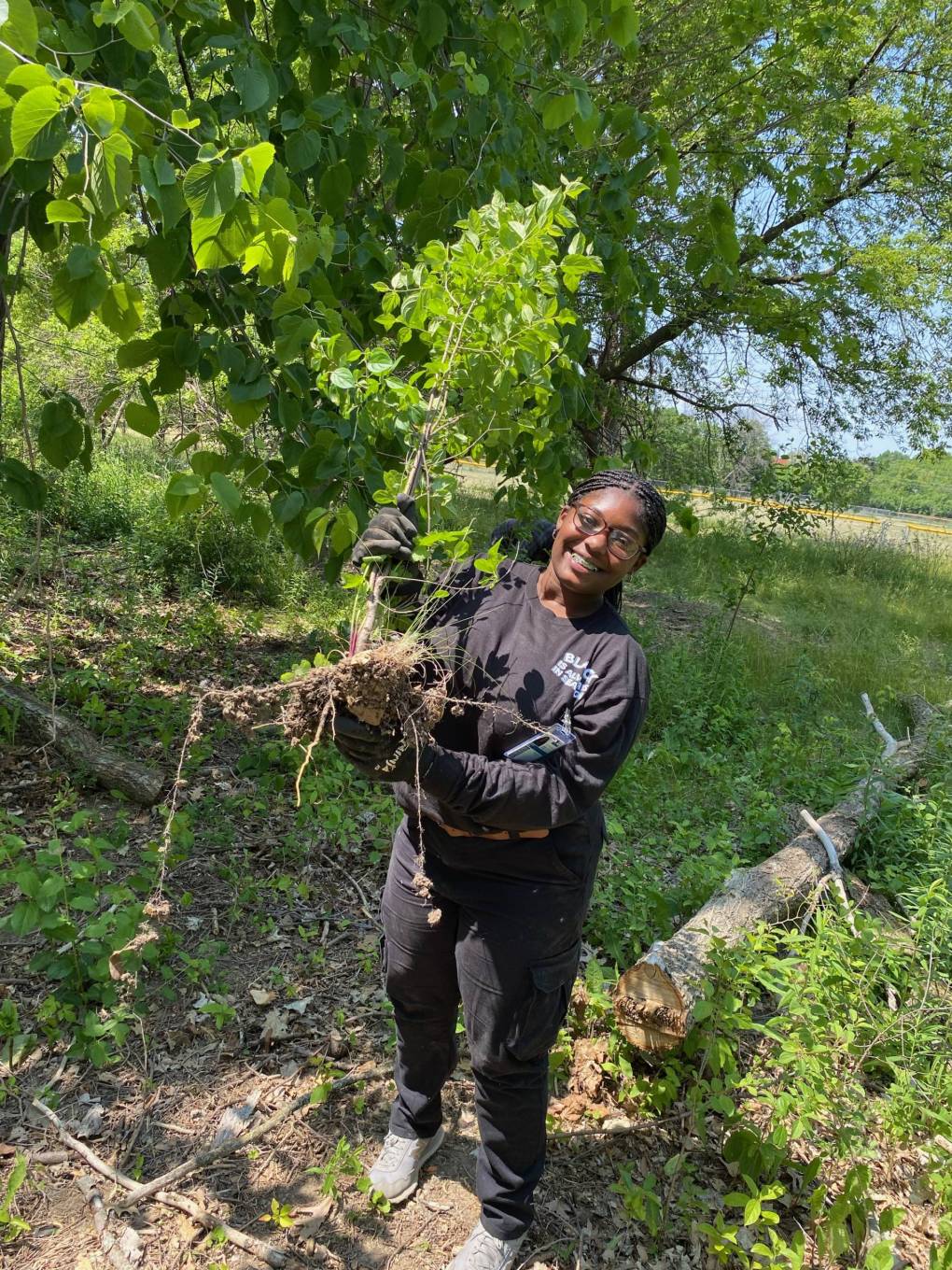Should schools teach climate activism?

For Sanes, who grew up in the neighborhood and graduated from Fannie Lou Hamer himself, getting his students involved in activism is a key way to give them agency and protect their mental health as they learn what’s happening to the planet. “This is a topic that is very depressing. I don’t want to just end this unit with ‘things are really bad,’ but ‘what can we do, how are we fighting back’.” Indeed, climate anxiety is widespread among young people, and collective action has been identified as one way to ameliorate it.

Sanes is at the far end of the teaching spectrum when it comes to promoting climate activism, not to mention discussing controversial issues of any kind in his classroom. Conservative activists have already begun branding even basic instruction about climate change as “left-wing indoctrination.” The think tank Rand recently reported in its 2023 State of the American Teacher survey that two-thirds of teachers nationally said they were limiting discussions about political and social issues in class. The authors of the report observed that there seemed to be a spillover effect from states that have passed new laws restricting topics like race and gender, to states where no such laws are on the books.
The current level of political polarization is having a chilling effect, making civics education into a third rail, according to Holly Korbey, an education reporter and the author of a 2019 book on civics education, Building Better Citizens: A New Civics Education for All. “We are living in this time where there’s increased scrutiny on what schools are telling kids,” she said.
She said that, as a mom living in deep-red Tennessee, she wouldn’t be happy to have a teacher bringing her kids to protests. “I really don’t want schools to tell my kids to be activists. I think about how I personally feel about issues and flip that around. Would I be okay with teachers doing that? And the answer is no.”
Even Sanes has a line he won’t cross. He taught his students about Greta Thunberg and her school strikes, but he stopped short of encouraging his students to do the same. “I specifically cannot tell students, you gotta walk out of school,” he said. “That goes against my union.”
And yet, there is a broad bipartisan consensus that schools have an obligation to prepare citizens to participate in a democracy. And, emerging best practices in civics education include something called “action civics,” in which teachers in civics and government classes guide kids to take action locally on issues they choose. Nonprofits like Generation Citizen and the Mikva Challenge, Korbey said, cite internal research that these kinds of activist-ish activities improve knowledge, civic skills, and motivation to remain involved in politics or their local community. Others have argued that without a robust understanding of the workings of government, “action civics” provides a “sugar rush” without enough substance.
Even at the college level, it’s rare for students to study climate activism in particular, or political activism more generally. And this leads to a broader lack of knowledge about how power works in society, say some experts.
“Having visited many, many departments in many schools over the years, I’m shocked at how few places, particularly policy schools, teach social movements,” said sociologist Dana Fisher. Fisher is currently teaching a graduate course called “Global Environmental Politics: Activism and the Environment,” and she also has a new book out about climate activism, Saving Ourselves: From Climate Shocks to Climate Action. She’s taught about social movements for two decades at American University in Washington, D.C., and the University of Maryland-College Park.
“It’s crazy to me that, given that the civil society sector is such a huge part of democracy, there would not be a focus on that,” she added.
Through empirical research, Fisher’s work counters stereotypes and misconceptions about climate activism. For example, she’s found that disruptive forms of protest like blocking a road or throwing soup on a masterpiece are effective even when they’re unpopular. ”It doesn’t draw support for the disruption. It draws support for more moderate parts of the movement,” she said. “And so it helps to expand the base.”
As an illustration of the ignorance about disruptive action and civil disobedience in particular, Fisher noted that K-12 students rarely hear about the topic unless studying the 1960s era and “a very sanitized version. They don’t remember that the Civil Rights Movement was really unpopular and had a very active radical flank that was doing sit-ins and marches.”
In 12 years of public school in Shreveport, Louisiana, for example, Jada Walden learned very little about activism, including environmental activism. She learned a bit in school about the Civil Rights Movement, although most of what she remembers about it are “the things your grandmother teaches you.”
Walden didn’t hear much about climate change either until she got to Southern University and A&M College, in Baton Rouge. “When I got to college, there’s activism everywhere for all types of stuff,” she said.

She’d enrolled with the intention of becoming a veterinarian. “When I first got there. I just wanted to hit my books, get my degree,” she recalled. “But my advisors, they pushed for so much more.” She became passionate about climate justice and the human impact on the environment and ended up majoring in urban forestry. She was a student member of This Is Planet Ed’s Higher Education Climate Action Task Force (where, full disclosure, I’m an advisor).
If it were up to her, Walden would require all college students to study the climate crisis and do independent research to learn how it will affect them personally. “Make it personal for them. Help them connect. It will make a world of difference.”
Korbey, the Building Better Citizens author, would agree with that approach. “Schools exist to give students knowledge, not to create activists,” she said. “The thing we’re doing very poorly is give kids the knowledge they need to become good citizens.”





